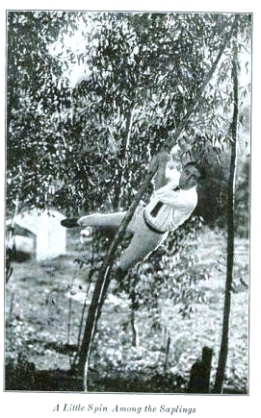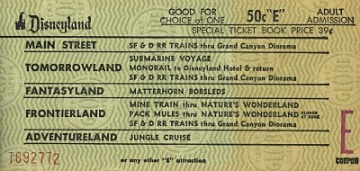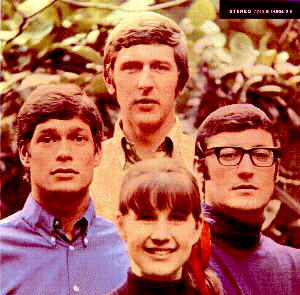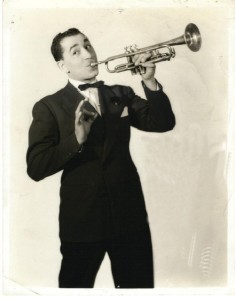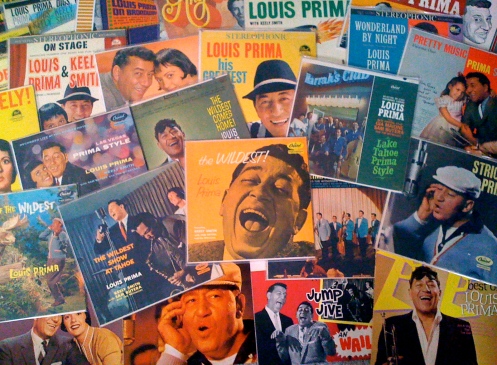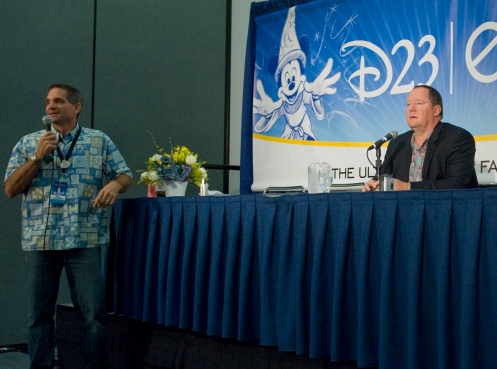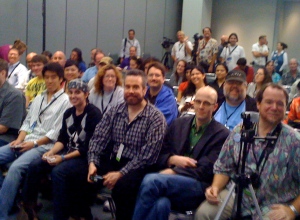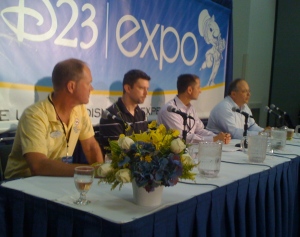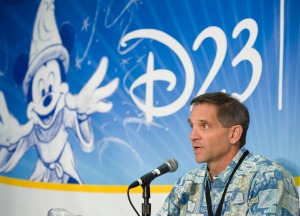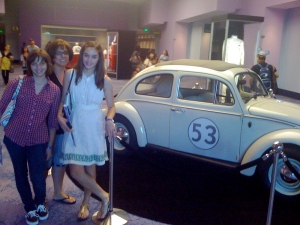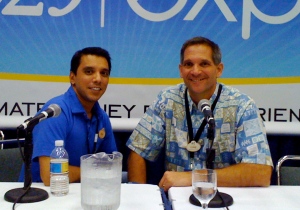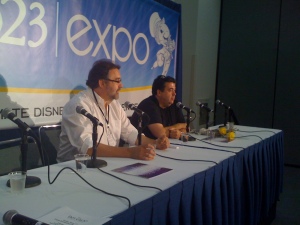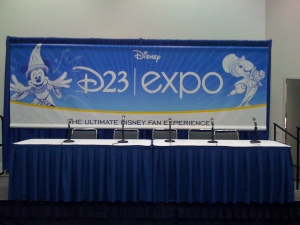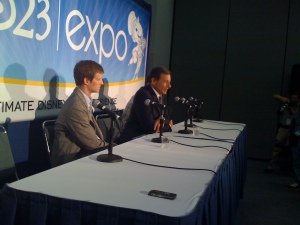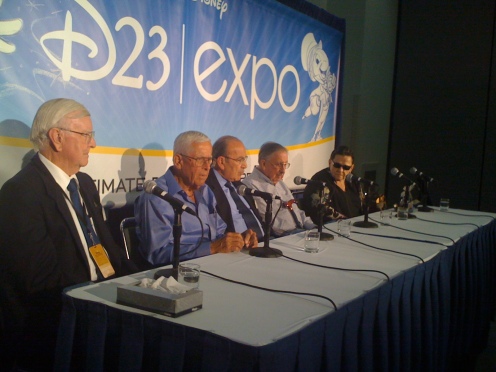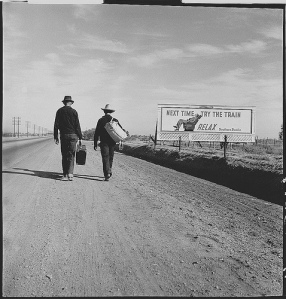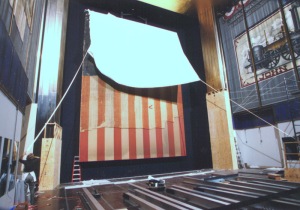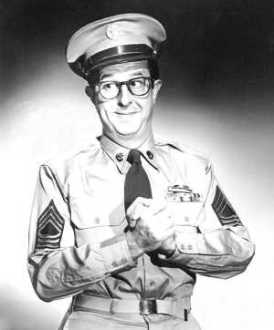
Phil Silvers as Master Sergeant Ernest G. Bilko
I always looked forward to the dances that followed our high school football and basketball games (we didn’t dance after baseball). Win or lose, we’d shower and suit up in our best late 70s party attire (mostly because it was the late 70s), then make our way back to the gym to check out our potential partners.
But the dances weren’t my favorite thing to do late at night.
Like many in attendance, I always had big plans for AFTER the dance. But where some might have schemed to sneak away for some light drinking or heavy petting, my reason was always the same, Monday through Friday.
I had to get home to watch Bilko.
In those pre-DVR (or even VCR) days, there was no other way to scratch a Phil Silvers itch. I had to be in front of the family set by 11:00 pm, tuned to Oakland’s KTVU. Thanks in part to San Francisco’s Mayor George Moscone — a more influential fan who once campaigned to keep The Phil Silvers Show reruns spooling on Channel 2’s late night line-up — I could experience the crazy hijinks of Fort Baxter’s motor pool platoon five nights a week.
I can’t fully explain why I loved a show that even then was more than twenty years old, but Phil Silvers’ crafty and conniving Master Sergeant Ernest G. Bilko, and the show built around him, was my first pop culture obsession.
I memorized scenes and compiled cast lists instead of doing my math homework. I cut the brief episode descriptions out of TV Guide and taped them in a scrapbook. I researched other shows the cast had appeared in, and tried to catch them when they aired on TV. I mimicked Bilko’s “Platoon patter,” and could “Ooo, ooo, ooo” like Joe E.Ross.
Thanks in part to Phil Silvers, I dropped out of Algebra II.
Today, May 11th, 2012, would have been his 101st Birthday.
—
In all honesty, I “remembered” Phil Silvers had been born in 1912, but that faulty intel dates back to the pre-Wikipedia days before you could look everything up, even the weather outside your own window, and the year just stuck in my head. Or maybe it was that “math” thing again.
Leave it to a slick character like Silvers to sneak in an extra year when I wasn’t looking, so from now on, 1911 it is.
—
Like many entertainers of his generation, Phil Silvers began his career in short pants, belting out kid soprano renditions of the day’s hits anytime a crowd was assembled on a stage or on the streets of his Brooklyn neighborhood. By age twelve, he’d joined Gus Edwards’ legitimate traveling troupe, and played many of the the best stages in the East. When his voice dropped to a lower register, he switched to comedy sketches with the popular Vaudeville team Morris & Campbell. By age thirteen, he had played the Palace more than once.

Phil Silvers (left) with two of his fellow Catskills comedians
By the early 1930s, his legs having outgrown his short pants, he made the difficult transition to adult roles, eventually heading up to the Catskills, where so many comedians received their training, one hard knock gig at a time. From there, the jump to Burlesque was natural. He found work with Minsky’s in 1932, and spent the next few years honing his craft.
His first foray onto Broadway came in 1939 via Lew Brown’s Yokel Boy alongside Buddy Ebsen and Judy Canova. Silvers, who had been cast in a minor role in the show, replaced Jack Pearl (a Dutch dialect comedian who’d been an early 1930s smash on radio) during out of town tryouts. The writers struck gold when they switched the character of Punko Parks to a fast-talking Hollywood press agent who spoke New Yorkese. In This Laugh Is On Me, his 1973 memoir, Silvers admitted:
“That’s how the role I played for years–the aggressive, smiling, call-a-tall-man-Shorty manipulator was born.”
His increased visibility led to an ill-fated screen test for MGM. Silvers was asked to play a scene as English Vicar William Collins from Pride & Prejudice in complete period regalia, but his Brooklyn accent kept leaking out. Later, he referred to the test as “perhaps the funniest (three minutes) I’ve ever done.”
Despite the set back, the movies eventually beckoned, and Silvers began a period he described as “My years with Blinky.”
“For nine years I played the same character: Blinky, the good-humored, bespectacled confidant of Betty Grable or John Payne…ten minutes before the end of the last reel, I told Betty she wasn’t really in love with Cesar Romero; it was George she truly wanted. Or vice versa. You could be damn sure of one thing: it was never Phil Silvers.”

Phil Silvers early in his film career
Although the parts remained the same into the mid-1940s, the pictures got bigger. These included A Lady Takes a Chance, Four Jills and a Jeep, and Cover Girl, for which Silvers (as “Genius,” another “Blinky” role) had to dance alongside Gene Kelly and Rite Haworth for more than eight minutes of screen time in the now-classic “Make Way For Tomorrow” number.
In 1947, Broadway came calling again, casting him in High Button Shoes as an Atlantic City con man named Harrison Floy. The show ran for 727 performances, and co-starred Nanette Fabray. Silvers continued to shuttle among radio, Broadway, night club and film jobs, finding growing success in each. A favorite at Hollywood and Manhattan social gatherings with his wit, songs and impersonations, Silvers cultivated friendships with the top stars of the day on both coasts, including Bing Crosby and Frank Sinatra.
A multifaceted artist, he wrote the lyrics for “Nancy With the Laughing Face,” which became a big hit for his pal from Hoboken.
In 1948, Silvers’ old Burlesque buddy Milton Berle took television by storm via his personal vehicle, the Texaco Star Theater. Within months, Berle had been crowned King of the nascent medium, which made him more than ripe for parody. Enter Hy Craft, Johnny Mercer and their show Top Banana, featuring Silvers as Jerry Biffle, the star of the Blendo Soap program. It was a smash hit during the 1950 Broadway season.
Although Silvers was excited for the show, he remembered worrying how Berle would take the send-up:
“In creating the role of Jerry Biffle, I used Berle’s mannerisms and props. In rehearsals of his show, he would inject himself into everybody’s act. For our rehearsal scenes, my costume was basic Berle: a heavy bathrobe, with towel around the neck — Berle could feel a draft in the middle of the Sahara desert — a whistle to stop the action and, to top it off, for no reason at all, a yachting cap.”
“Shortly before we went into rehearsal for Top Banana, I had a golfing date with Milton. I knew he would inquire about the show, and I would have to explain — before an unfeeling friend revealed I was satirizing him:
(As we walk to the first hole)
Berle: “Say, what is this Top Banana you’re doing?”
Me: (taking a deep breath): “Milton, it’s about a guy who’s been ‘on’ all his life. His only goal is the laugh. It’s got to come, no matter if it’s at the expense of his mother, the President or himself. Everything to him is a comedy bit…He never listens to anyone’s conversation–he’s just thinking of what he’ll say next. The poor guy never had a chance to develop in any other areas. He’s been on stage since he was five years old. His dedication–the laugh must come! So what chance does he have to develop a knowledge of politics or art? Or how to be generous? Getting the laugh is his whole life!”
(A pause)
Berle: “I’ll be a sonovabitch. I know guys just like that!” (Laugh, Page 178)

“Top Banana” cast recording, featuring Phil Silvers as Jerry Biffle
The show (which soon included Milton Berle as a financial backer) featured cast members Rose Marie and Jack Albertson, and ran for more than a year on Broadway. It also garnered Silvers the 1952 Tony Award for Best Actor in a Leading Role in a Musical. Toward the end of its run, the show was filmed quickly and cheaply (often using the Broadway sets), and it was released as a feature film in 1954.
—
After satirizing television and Berle in Top Banana, Silvers took them both head on with a show of his own in 1955.
Silvers partnered with writer Nat Hiken, who had spent seven years writing for The Fred Allen Show on radio, and the new show slowly began to take shape. Capitalizing on the knowledge that most adult males of the era had served at one time or another in the armed forces, the two morphed Punko Parks, Harrison Floy and Jerry Biffle into one man, put him the uniform of the United States Army, and plunked him down in peace time middle America on the mythical post of Fort Baxter in Roseville, Kansas.
On September 20, 1955, Master Sergeant Ernest G. Bilko entered the pop culture lexicon.

Bilko up to his old tricks for LIFE magazine
The show was rehearsed and shot with a three camera set up before a live audience in New York City (in 1958, production switched to a film style shoot with no audience), and the cast included Paul Ford (Teahouse of the August Moon, Hello Dolly) as Colonel Hall, Harvey Lembeck (Eric Von Zipper of the Frankie and Annette beach flicks) as Corporal Rocco Barbello, and Allen Melvin (Sam the Butcher on The Brady Bunch) as Corporal Henshaw.
Elizabeth Fraser (One Happy Family) played Bilko’s on again, off again love interest, Sgt. Joan Hogan. Her character was introduced in an early episode (“The WAC”) which proved she could hold her own against Bilko’s schemes. Hope Sansberry played the always sympathetic Mrs. Hall.
Bilko’s poker patsies were played by Jimmy Little as Sgt. Grover, Nat Pendleton as Sgt. Pendleton and Harry Clark as Mess Sgt. Stanley Sowici. When Clark died during the initial season (his final appearance came on March 6th, a week after he passed away, in perhaps the most popular Bilko episode of all time, “The Court Martial”), he was replaced by Joe E. Ross as Sgt. Rupert Ritzik. Ross would go on to greater fame in Nat Hiken’s other television hit, Car 54, Where Are You?
Cast as regular members of the platoon were Herbie Faye (Silvers’ mentor and friend from 1930s vaudeville and a stalwart of many 1960s television programs) as Corporal Sam Fender, Tige Andrews (Mod Squad), Billy Sands (McHale’s Navy), Terry Carter (McCloud), Bernie Fein, Maurice Brenner, Mickey Freeman, Karl Lucas, and P. Jay Sands. An inveterate gambler and sports fan, Silvers also cast former middleweight boxer Walter Cartier and Jack Healy, who had been Rocky Graziano’s manager.
Rounding out the platoon, quite literally, was Maurice Gosfield (Top Cat) as Private Duane Doberman, perhaps the most memorable face in the crowd. And although Silvers had little professional respect for the slovenly performer (who, according to Silvers, “thought of himself as Cary Grant playing a short, plump man”) several episodes revolved around “Dobie” and the trouble he inevitably found for himself, and “Sarge” never let his personal feelings leak out onto the small screen.
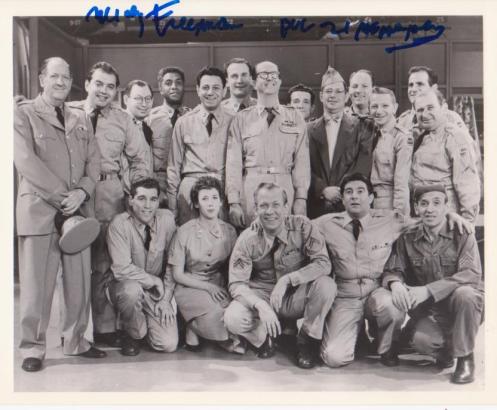
The majority of the “You’ll Never Get Rich” cast: (front) Walter Cartier, Midge Ware, Allen Melvin, Harvey Lembeck, Herbie Faye. (rear) Paul Ford, Bernie Fein, Maurice Brenner, P. Jay Sidney, Jack Healy, Karl Lucas, Phil Silvers, Billy Sands, Nat Hiken, Jim Perry (?), Mickey Freeman (whose signature and character name, Pvt. Zimmerman, grace this photo), Tige Andrews, Maurice Gosfield.
The pilot was shot and shopped, and Camel cigarettes agreed to sponsor it. CBS then scheduled the show on Tuesday nights…directly opposite Milton Berle, who had dominated all comers in the television ratings for the previous six years.

(from left) Actors Harvey Lembeck, Karl Lucas, Maurice Brenner (hidden), Maurice Gosfield, Billy Sands, Walter Cartier and Mickey Freeman join Silvers in a good motor pool laugh.
Suddenly, the outlook was bleak. Berle even called Silvers to apologize in advance.
But by the end of November (in 1955, TV series ran 39 original episodes per season), Bilko and his band of cronies had passed Uncle Miltie in the ratings on their way to a four season total of nine Emmy Awards, including one win each for Silvers and Hiken as Lead Actor and Director, respectively.
The entire camp moved from Ft. Baxter to Camp Fremont in Grove City, California for the final season (1958-59). In that season’s first episode, Bilko finds a map to a gold mine located near an abandoned army camp, and then tricks Colonel Hall into getting the base reactivated.
When the show ceased production after four seasons and 142 episodes, it was primarily because of expenses. By the fourth season, twenty-two cast members were on salary.
Along the way, the show gave early exposure to young guest stars Dick Van Dyke, Fred Gwynne, Alan Alda, Paul Lynde, Peggy Cass, Julie Newmar, Godfrey Cambridge, Dick Cavett and Eric Fleming, and also gave Oscar winner George Kennedy his start. Kennedy–at the time a major assigned by the Army Information Office to be a military adviser on the show–eventually showed up as a military policeman with a line or two in a few episodes, and soon earned his SAG card.

Silvers in the Broadway hit “Do Re Mi”
Silvers followed up his Bilko success by heading back to Broadway in 1960 for Do Re Mi, co-starring Nancy Walker. As Hubie Cram, Silvers mined the bittersweet side of his usual hustling and scheming character, and his performance earned him another Tony nomination. The musical ran for 400 performances and gave the world the now-perennial standard, “Make Someone Happy.”
The early 1960s brought more film roles, including the crazy caper It’s a Mad, Mad, Mad, Mad World and 40 Pounds of Trouble alongside Tony Curtis and Suzanne Pleshette. In 1963, CBS added him to their fall schedule for The New Phil Silvers Show, playing factory foreman Harry Grafton (yet another version of his Bilko character), but it was not as successful as it’s predecessor.
Silvers believed he knew the reason.
“Harry Grafton had a fatal flaw: The audience was not rooting for him. Bilko was an underdog–Grafton was not. In a small factory, the real underdog is the owner. He’s the one who has to cope with union rules and strikes, laziness, absenteeism, defective workmanship, theft, rising taxes and falling sales. This never occurred to us. We received resentful letters from workingmen: ‘Why the hell is Grafton horsing around? He’s got a good job.’ ‘If he doesn’t shape up, all the guys will be out of work.'”
Despite some heavy tinkering with the cast, the show was cancelled after one season.
Silvers began to experience various health problems. In 1962, his poor eyesight led him to turn down the lead role of Pseudolus the Roman slave in Broadway’s A Funny Thing Happened on the Way to the Forum. Although he accepted the role of Marcus Lychus for the 1966 movie version, filming was made even more excruciating when he developed a cataract in his left eye, ruining his depth perception.

Buddy Ebsen and Phil Silvers in an episode of “The Beverly Hillbillies”
Other films followed, including Buona Sera, Mrs. Campbell alongside Gina Lollobrigida, and Disney’s The Boatniks with Robert Morse, but even more memorable were his television guest shots on The Lucy Show and The Beverly Hillbillies. In the former he played bank efficiency expert Oliver Kasten who had his hands full with Lucy. In the latter, he reunited with former Yokel Boy co-star Buddy Ebsen. In a two-part episode from the 1969-70 season, his character Shifty Shafer memorably sold Central Park to Jed Clampett. The popular episodes led to four more appearances on the show for Silvers as Shafer.
Following successful eye surgery, Silvers was not only able to join the 1971 revival cast of Forum, he did so as Pseudolus. More than a decade after he first turned down the role, it brought him his second Tony Award for Best Actor at the 1972 ceremonies. It was the first time an actor in a revival had won a Tony.
Unfortunately, a stroke that August left his speech slurred, and the show closed shortly afterward. Following a lengthy recovery, he continued to work sporadically in forgettable films (Chicken Chronicles, The Happy Hooker Goes Hollywood) and television shows which frequently featured well-known guest stars (such as Love Boat and Fantasy Island), but his speech never fully recovered. He worked charity benefits for and with his many friends, and spent many of his days at the Friar’s Club.
Like many performers strongly identified with a single role, Silvers had a love/hate relationship with Bilko, but he acknowledged that it was much more love than hate. The program, which was broadcast on BBC on a two year delay, made him a huge star in Great Britain as well. Even today, some of Bilko’s most stalwart supporters call England home.
Phil Silvers passed away from natural causes on November 1, 1985, the same week I wrote to his agent requesting an autographed photo, and is buried at Mt. Sinai Memorial Park in Glendale, California. He was survived by his five daughters: Candace, Cathy, Laurie, Nancey, and Tracey Edythe, all born to Silvers and his second wife, Evelyn Patrick, to whom he was married from 1956 to 1966. From 1945 to 1950, he was married to Jo Carroll Dennison, the 1942 Miss America.
—
 Today, you can enjoy the small screen magic of Phil Silvers without having to rush home from any dances. Two DVD packages of You’ll Never Get Rich (the original title of the show, later syndicated as The Phil Silvers Show or Sgt. Bilko) have been released to date, including the complete first season and a 50th Anniversary set featuring 18 episodes (10 are from Season 1, but there are a few unique extras, including audio commentaries and some Nick at Nite content related to the 1996 Sgt. Bilko feature film starring Steve Martin, Dan Aykroyd and Phil Hartman).
Today, you can enjoy the small screen magic of Phil Silvers without having to rush home from any dances. Two DVD packages of You’ll Never Get Rich (the original title of the show, later syndicated as The Phil Silvers Show or Sgt. Bilko) have been released to date, including the complete first season and a 50th Anniversary set featuring 18 episodes (10 are from Season 1, but there are a few unique extras, including audio commentaries and some Nick at Nite content related to the 1996 Sgt. Bilko feature film starring Steve Martin, Dan Aykroyd and Phil Hartman).
Either way, once you see Bilko on the screen, you may be tempted to say “Gladaseeya.”
—
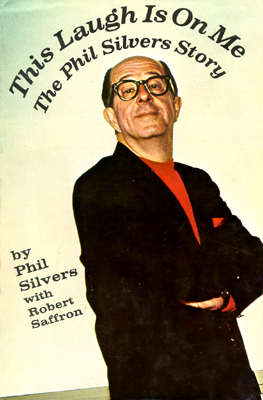 For more information about all things Bilko, check out The Phil Silvers Show website, one of the best on the web.
For more information about all things Bilko, check out The Phil Silvers Show website, one of the best on the web.
I wasn’t joking about his huge following in Great Britain. Check out the site for the Phil Silvers Appreciation Society.
You can also find a copy of Silvers’ fun memoir This Laugh Is On Me on Book Finder.
-craig
Posted in Disney, Entertainment, History, Media, Movies, Popular Culture, Television
Tags: 1950s Television, Allen Melvin, CBS, Classic Television, comedians, comedy, Harvey Lembeck, Maurice Gosfield, Nat Hiken, Paul Ford, Phil Silvers, Sgt. Bilko, Television


